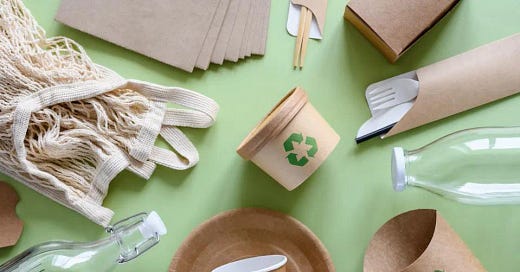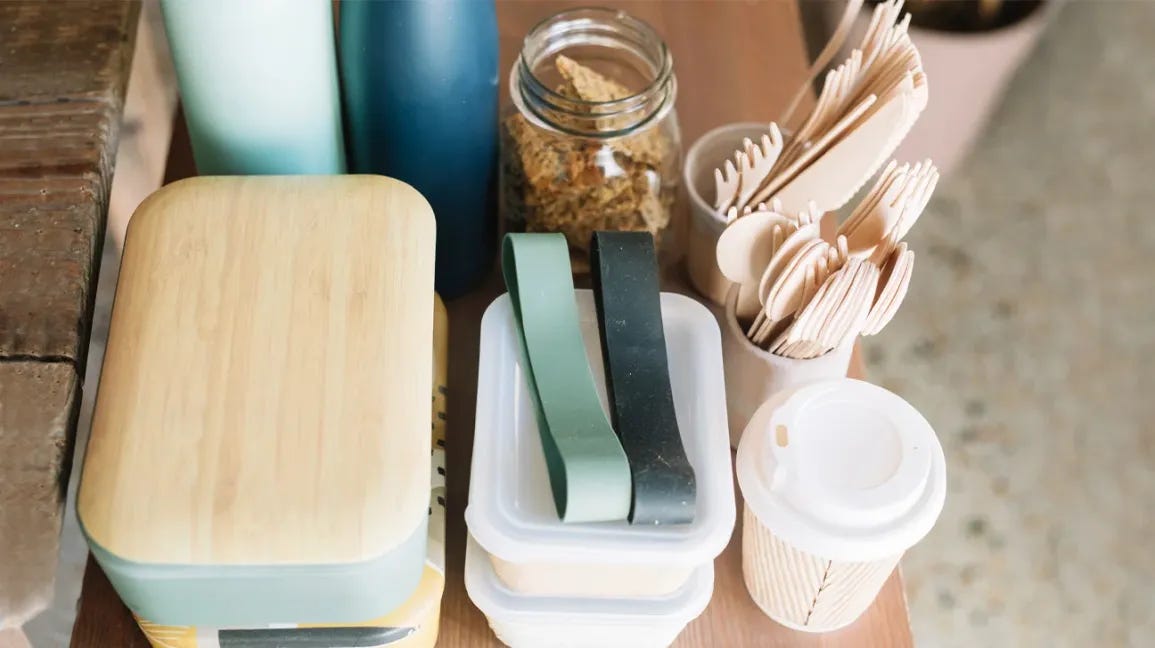As environmental concerns grow, businesses and consumers are seeking eco-friendly packaging solutions that minimize waste and promote sustainability. The right packaging not only protects products but also ensures easy recyclability, reducing the burden on landfills and conserving natural resources. In this article, we explore the best types of recyclable packaging, their benefits, and tips for choosing sustainable materials.
1. Why Recyclable Packaging Matters
Recyclable packaging plays a crucial role in reducing waste and protecting the environment by:
Minimizing landfill waste and pollution.
Conserving raw materials through reuse and repurposing.
Reducing carbon footprint by lowering energy consumption in production.
Encouraging sustainable business practices and eco-conscious consumer behavior.
Businesses that use recyclable packaging also improve their brand reputation and attract environmentally aware customers.
2. Best Materials for Recyclable Packaging
Several materials stand out for their high recyclability and low environmental impact:
a) Cardboard and Paper-Based Packaging
Why It’s Great: Made from renewable resources, biodegradable, and easy to recycle.
Common Uses: Boxes, paper bags, egg cartons, food containers.
Recycling Process: Can be recycled multiple times before degrading.
Sustainability Tip: Opt for uncoated or FSC-certified paper for better recyclability.
b) Glass Packaging
Why It’s Great: 100% recyclable and can be reused indefinitely without losing quality.
Common Uses: Bottles, jars, food containers.
Recycling Process: Can be melted and reformed into new glass products.
Sustainability Tip: Clear glass is easier to recycle than colored glass.
c) Aluminum Packaging
Why It’s Great: Infinitely recyclable with a low environmental impact.
Common Uses: Beverage cans, food tins, foil packaging.
Recycling Process: Requires less energy compared to producing new aluminum.
Sustainability Tip: Rinse aluminum containers before recycling to avoid contamination.
d) PET Plastic (Polyethylene Terephthalate)
Why It’s Great: One of the most widely recycled plastics.
Common Uses: Water bottles, food containers, clear packaging.
Recycling Process: Can be turned into new bottles, clothing, and fiber products.
Sustainability Tip: Look for recycled PET (rPET) options.
e) Biodegradable and Compostable Packaging (Limited recyclability but sustainable alternative)
Why It’s Great: Made from natural materials like cornstarch, bamboo, or sugarcane.
Common Uses: Food containers, cutlery, packing peanuts.
Recycling Process: Breaks down in composting environments rather than traditional recycling.
Sustainability Tip: Ensure compostable packaging is certified for home or industrial composting.
3. Packaging to Avoid for Recycling
While some packaging materials are recyclable, others create challenges in the recycling process. Avoid using:
Mixed-material packaging (e.g., paper with plastic lining) that complicates recycling.
Polystyrene foam (Styrofoam) which is difficult to recycle and harmful to the environment.
PVC plastics that contain toxins and are not widely accepted in recycling programs.
Wax-coated paper which prevents effective recycling.
4. How to Improve Recyclability of Packaging
To ensure packaging is easily recyclable:
Use minimal packaging to reduce waste.
Clearly label recyclable materials with proper disposal instructions.
Encourage customers to recycle by providing information on drop-off locations.
Choose mono-material packaging that does not mix plastics with other materials.
Invest in eco-friendly inks and adhesives that do not interfere with the recycling process.
5. Future Trends in Recyclable Packaging
The packaging industry is evolving, with innovative solutions that enhance sustainability:
Water-soluble packaging that dissolves safely in water.
Edible packaging made from seaweed and plant-based materials.
Recyclable flexible packaging that replaces single-use plastic films.
Smart packaging with tracking systems to encourage responsible disposal.
Companies are investing in circular economy models, where packaging is designed for continuous reuse and recycling.
Conclusion
Choosing the best recyclable packaging is a critical step in reducing environmental impact and promoting sustainability. Cardboard, glass, aluminum, and PET plastics are among the most recyclable materials, while biodegradable and compostable options provide alternative solutions. By adopting responsible packaging choices, businesses and consumers can contribute to a cleaner, greener future.







